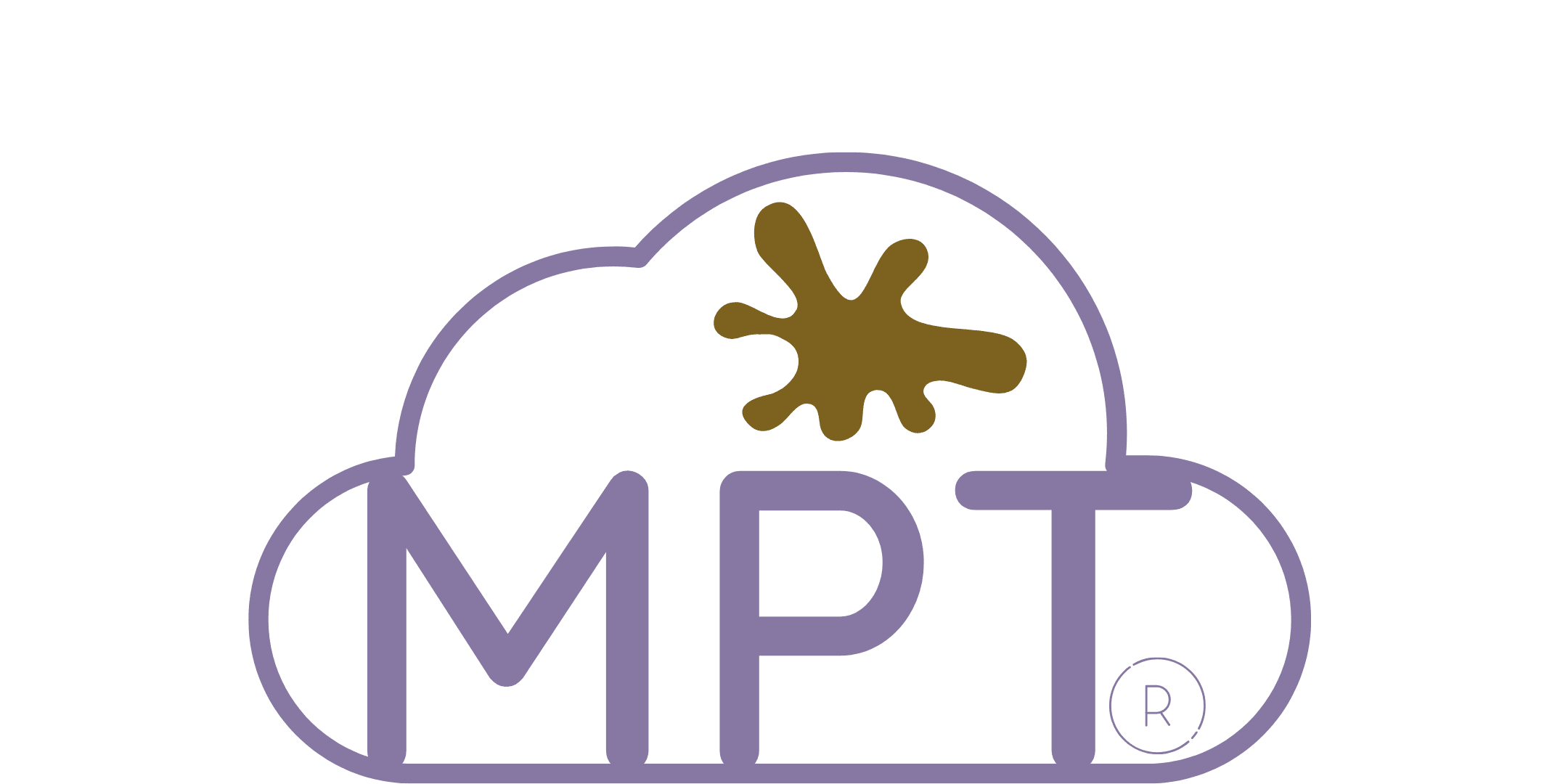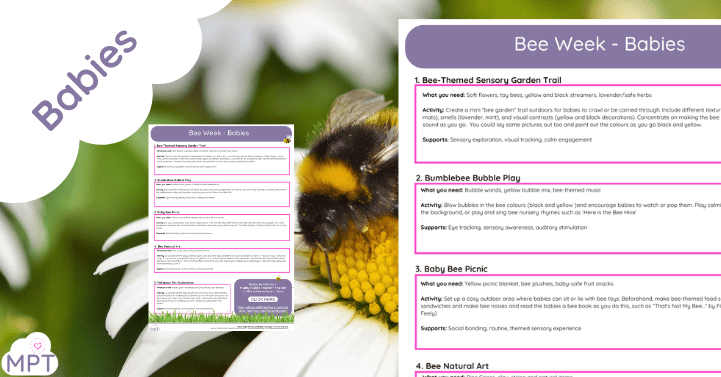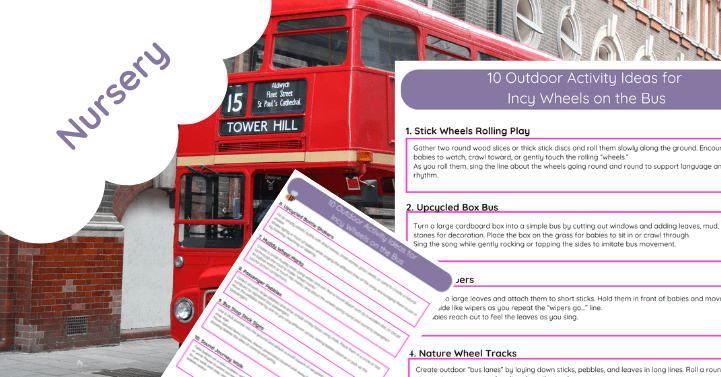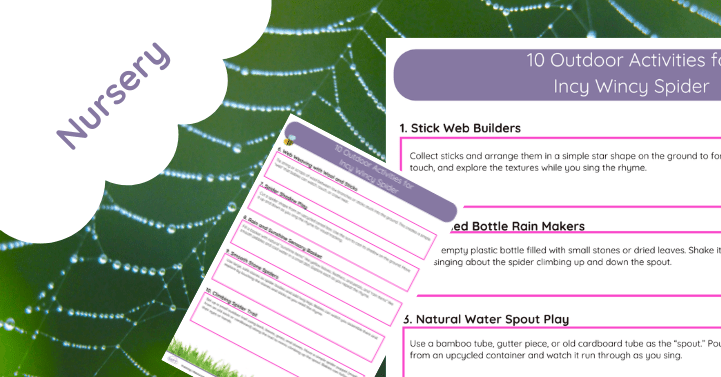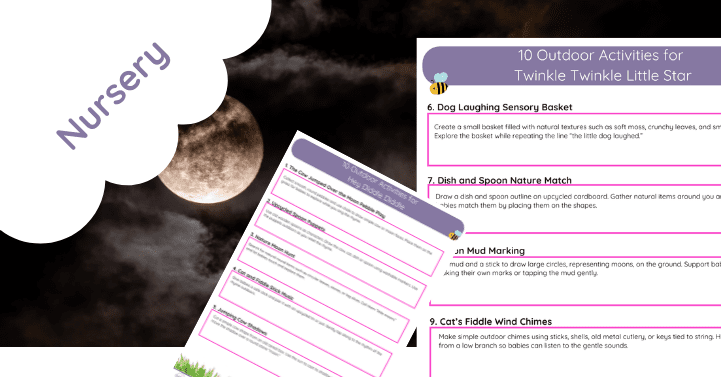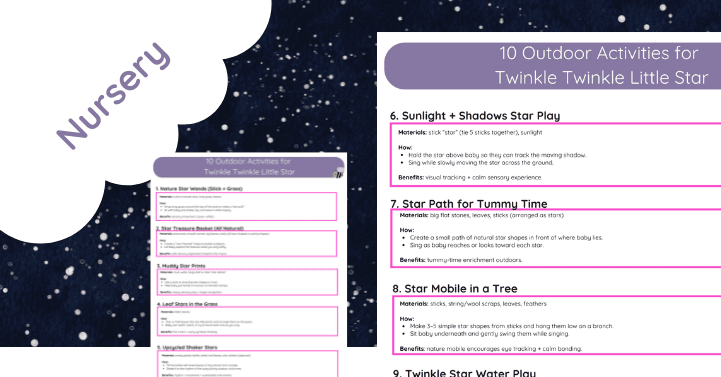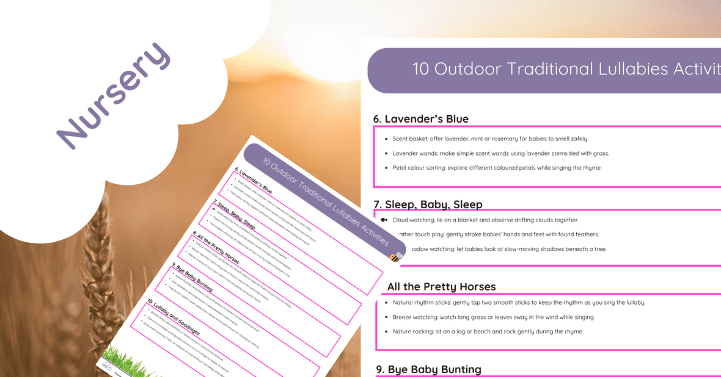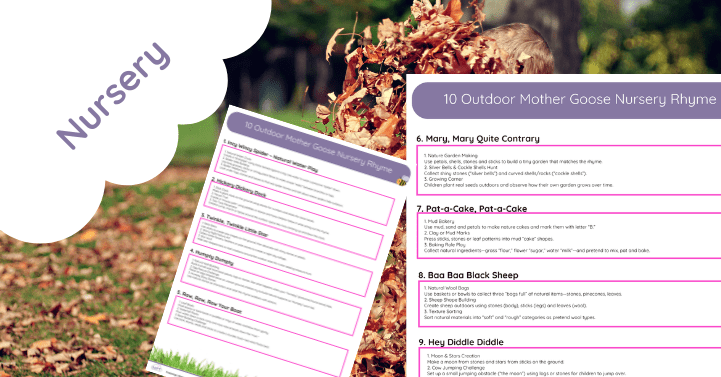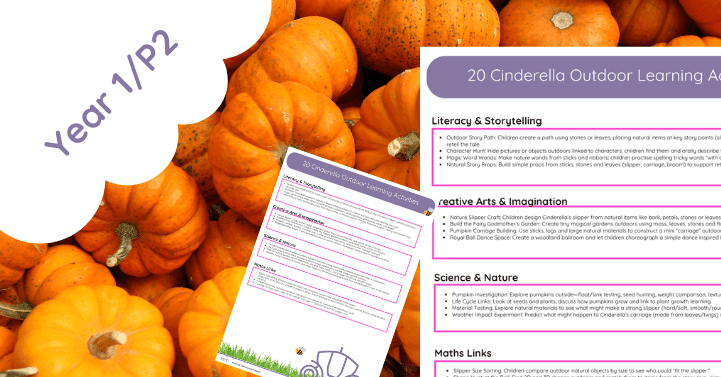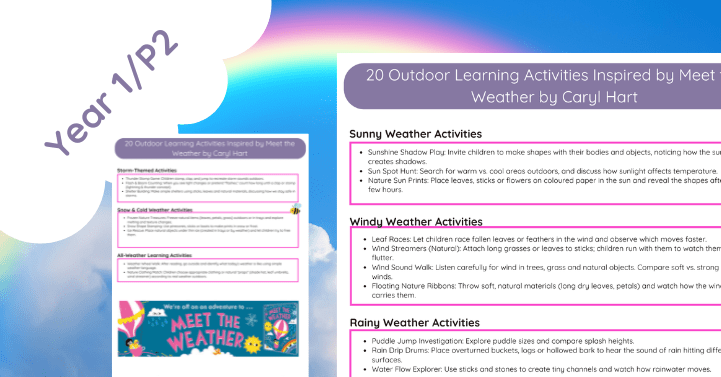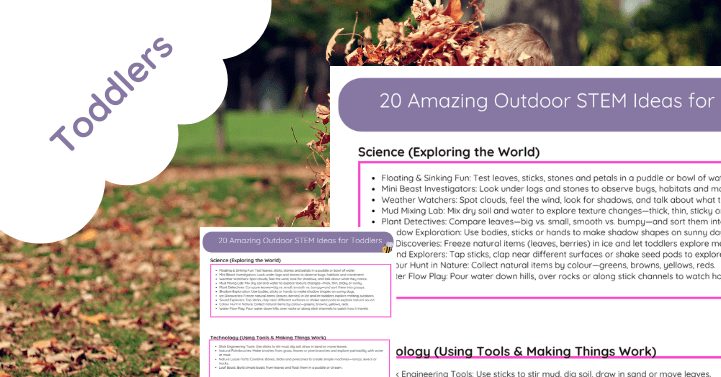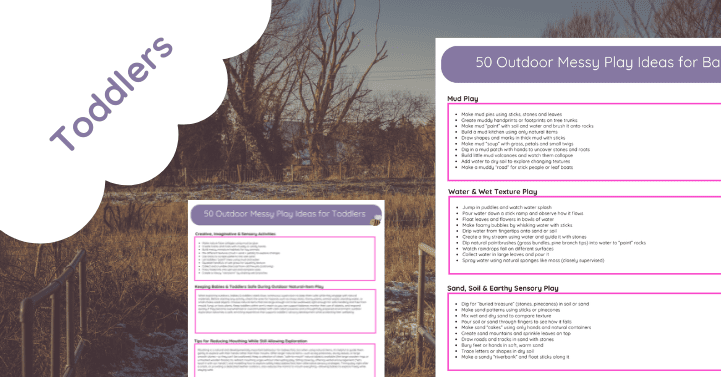Bee Day Lesson Plan Ideas for the Baby Room
A buzzing bundle of baby-safe sensory fun for World Bee Day!
Celebrate World Bee Day (20th May) with our beautifully crafted Bee Day Lesson Plan Ideas, specially designed for baby rooms and under-2s settings. This gentle, sensory-based pack helps practitioners introduce little ones to bees and nature in a safe, meaningful, and developmentally appropriate way.
🌼 What’s Included:
-
5 easy-to-deliver outdoor and indoor activity ideas
-
Baby-safe sensory experiences linked to bee life and habitats
-
Songs, play prompts, and dressing-up suggestions
-
Links to the EYFS (2021) prime areas of learning
-
Guidance on setting up, safety, and calming transitions
🌟 Perfect For:
-
Nurseries, baby rooms & childminders
-
Practitioners planning themed weeks or nature topics
-
Settings looking to introduce early environmental awareness
With a focus on connection, curiosity, and calm sensory play, this pack turns Bee Day into a golden opportunity for babies to explore sound, touch, colour and movement — all inspired by our buzzing pollinator friends. 🐝
🖨️ Available as a digital download for easy printing and planning
💛 Created by experienced early years educators
🌿 Inspired by nature, grounded in child development
World Bee Day, celebrated annually on May 20th, offers a wonderful opportunity to engage children in outdoor learning while raising awareness about the vital role bees play in our ecosystem. Integrating bee-themed activities into your curriculum not only enriches students’ understanding of nature but also aligns with educational goals.
🐝 Why Celebrate World Bee Day in Schools?
Bees are essential pollinators, contributing to the growth of many plants, including crops that humans rely on for food.Educating students about bees fosters environmental stewardship and highlights the importance of biodiversity. Outdoor activities centered around bees can enhance learning experiences across various subjects.
🌼 Outdoor Learning Activities for World Bee Day
Here are some engaging activities to consider:
1. Create a Bee-Friendly Garden
Involve students in planting flowers that attract bees, such as lavender, sunflowers, and wildflowers. This hands-on activity teaches about plant life cycles and the importance of pollinators.
2. Bee Observation Walk
Organise a nature walk where students can observe bees in their natural habitat. Encourage them to note bee behaviors, types of flowers visited, and discuss the role of bees in pollination.
3. Bee-Themed Crafts
Engage younger students with bee-related crafts, such as making bee puppets or constructing bee hotels using recycled materials. These activities promote creativity and environmental awareness.
4. Educational Games
Incorporate games that teach about bee anatomy, the process of pollination, and the challenges bees face. Interactive learning reinforces knowledge in a fun and memorable way.
📚 Resources for Educators
Enhance your World Bee Day lessons with these reputable resources:
-
Twinkl: Offers a variety of bee-themed educational materials suitable for different age groups.
-
Project Learning Tree: Provides hands-on activities focusing on pollinators and their importance.
-
STEM Learning: Features a collection of resources linking bee-related topics to science and biology curricula.STEM Learning
🐝 Additional Tips
-
Collaborate with Local Beekeepers: Invite a beekeeper to speak to students about beekeeping and the significance of bees.
-
Host a Bee Awareness Day: Plan a day filled with bee-related activities, presentations, and projects to immerse students in the subject.
-
Integrate Technology: Utilise videos and online resources to provide visual and interactive content about bees.
By incorporating these activities and resources into your teaching, you can create a dynamic and informative World Bee Day experience that highlights the importance of bees and encourages environmental responsibility among students.

